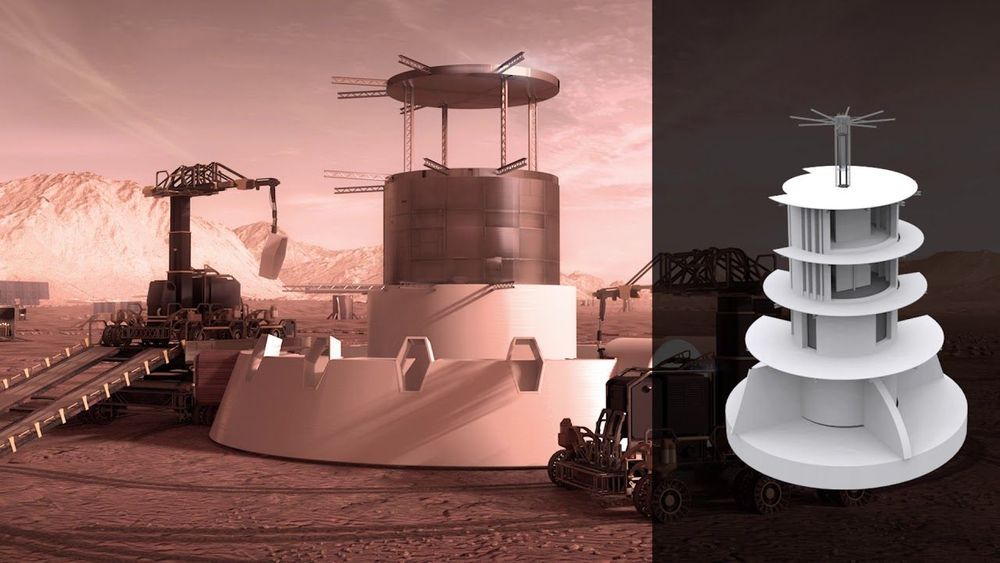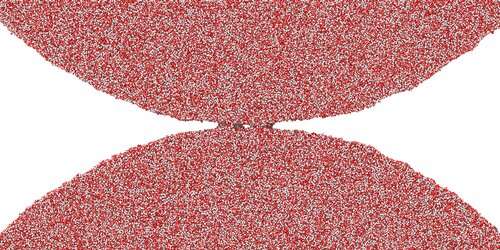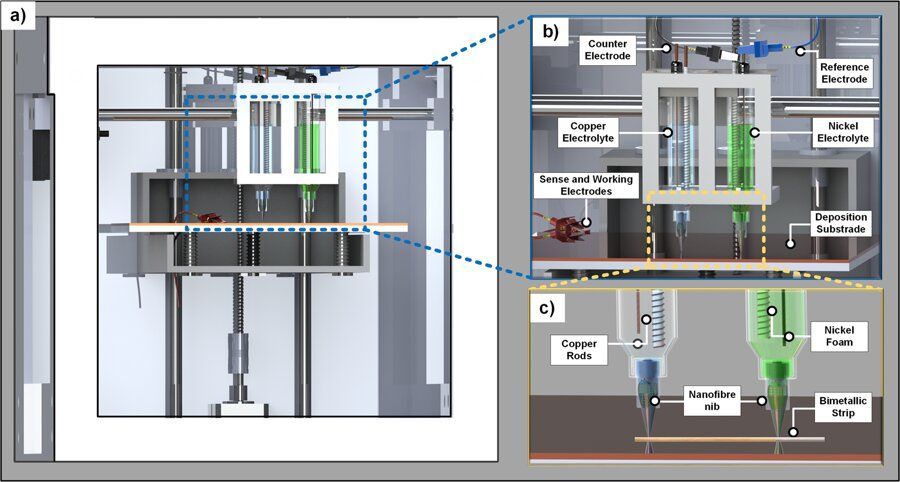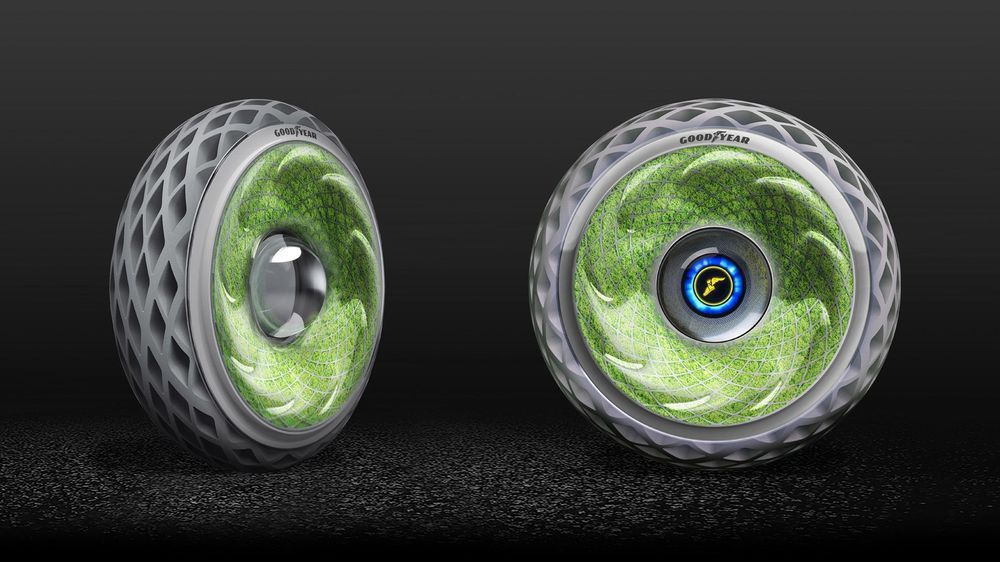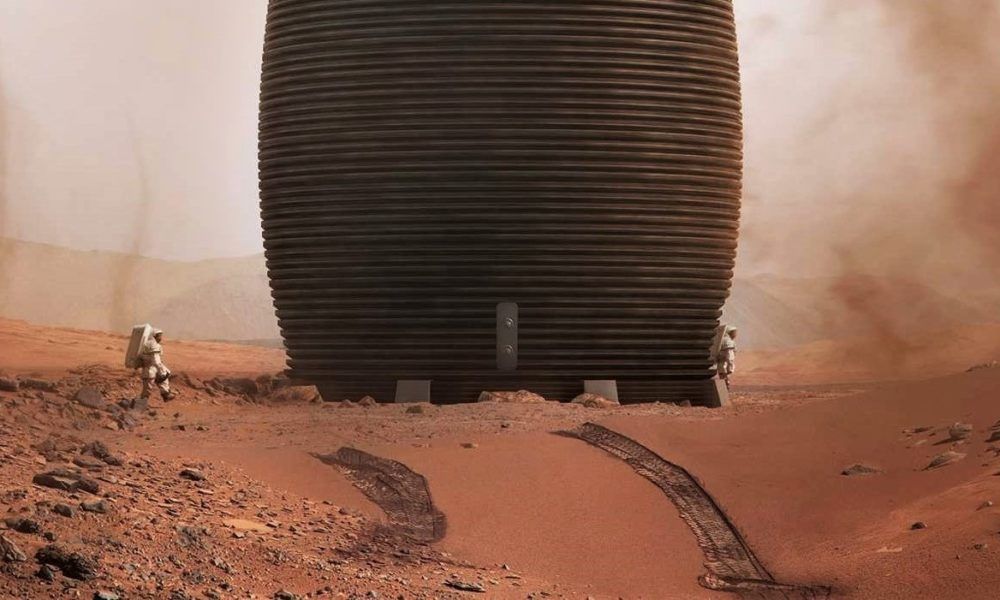Mar 28, 2019
These 3D-Printed Mars Habitats Just Won a NASA Award
Posted by Klaus Baldauf in categories: 3D printing, habitats, space
It’s a fascinating competition that paints an incredibly detailed picture of what the future of Moon or even Mars exploration could look like one day — and we’ve never been closer to that future.
READ MORE: Top Three Teams Share $100,000 Prize in Complete Virtual Construction Level of 3D-Printed Habitat Challenge [NASA]
Continue reading “These 3D-Printed Mars Habitats Just Won a NASA Award” »
